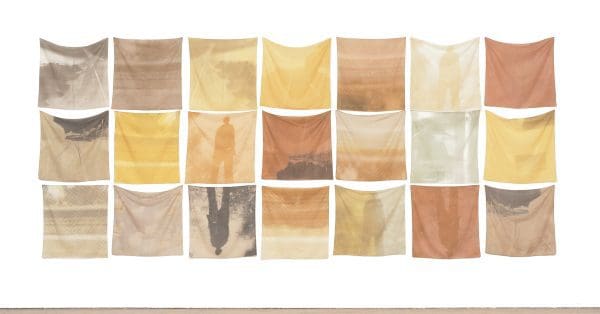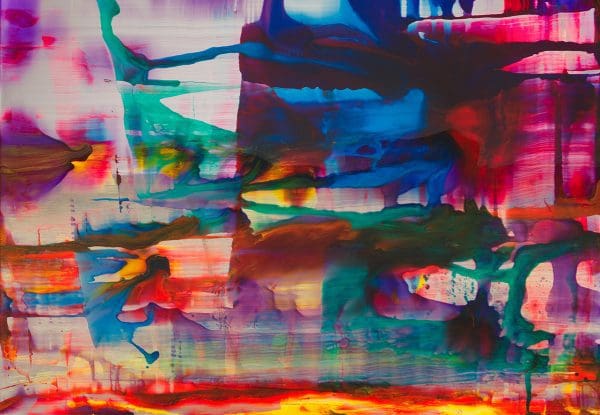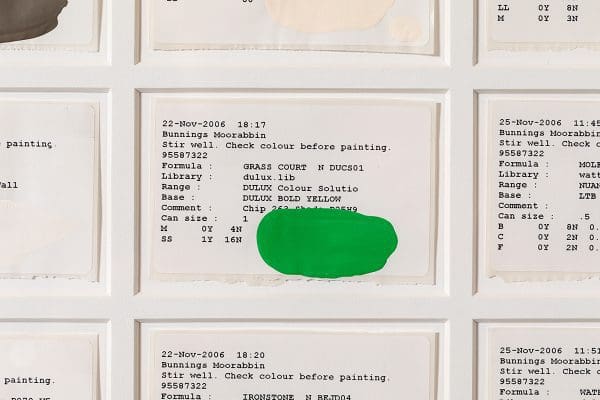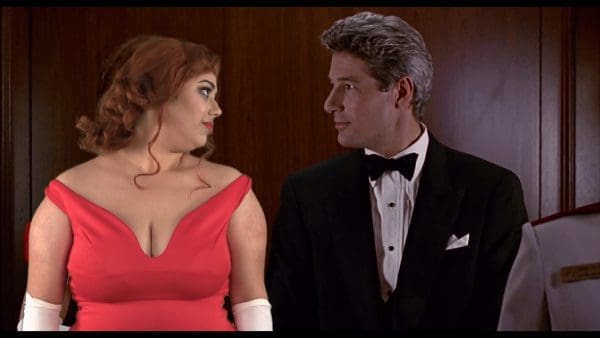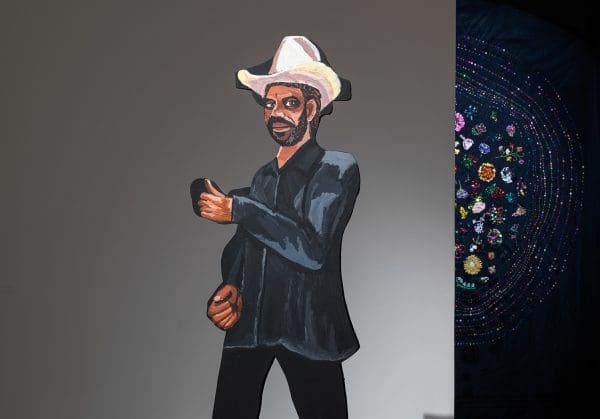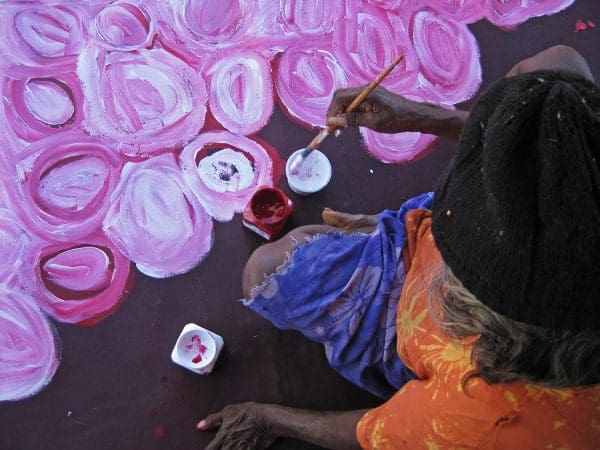
Getting to know Bugai
One of the many interesting things about Bugai’s oeuvre is her stylistic diversity. Tight controlled dot-work sits comfortably alongside – and sometimes underneath – loose brushwork.
One of the many interesting things about Bugai’s oeuvre is her stylistic diversity. Tight controlled dot-work sits comfortably alongside – and sometimes underneath – loose brushwork.
The late Pintupi artist Patrick Tjungurrayi’s paintings offer abstract representations of Country, ceremony, and ancestral and creation stories.
“I am interested in situations where the art historical, psychological, social, and physical worlds collide, and there is a thickness in these situations” – Agatha Gothe-Snape
Place, specifically Canberra, and a loose adherence to formalism bring together artists Peter Alwast, Rebecca Mayo, and Nigel Lendon in Unfinished Business.
To augment the visual appeal of his paintings, Dale Frank works directly onto glass and Perspex to capture a reflective element canvas does not offer.
Exploring the semiotics and aesthetics of a retail workplace, Mixed Emotions consists of 2,157 labels that adhere to commercially sold tins of paint, indicating the colour mix, ingredients and date and time of mixing.
With Convergence II, Monika Lukowska and Melanie McKee endorse a kind of art practice in which studio endeavour and everyday life are conflated.
Monet: Impression Sunrise is a chance to reflect on the vagaries of history.
D’Souza will be showing a body of new work in an exhibition titled with three emojis: a pizza slice, praying hands and a heart, as in Eat, Pray, Love.
Now in its seventh year, Dark Mofo transforms Hobart into a red-hued spectacle of art, food and music.
Celebrating Culture: Contemporary Indigenous Art is an exhibition that examines themes of identity, colonisation, personal history and community.
This year, the winner of the $100,000 Ramsay Art Prize is artist Vincent Namatjira, for his double-sided portrait work titled: Close Contact, 2018.


